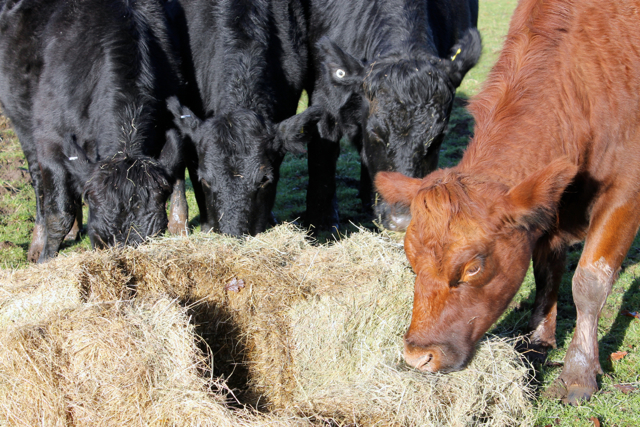When William the Conqueror declared, in 1079AD, his intention to create a Nova Foresta, he did so because he wanted to establish a royal hunting park. However, the laws he created to protect the game also provided for the creation of a social system that has, in many ways, endured for a thousand years. After the creation of the New Forest the inhabitants were forbidden to enclose their land or fence their crops, as this would impede the chase during the hunt. The Forest inhabitants however, were permitted (for a fee of course) to continue letting their domestic animals roam freely to graze in common and thus establish in law ‘common rights’ for their owners. This system of sharing the resources of the open Forest meant that cooperation, mutual support and the passing on of knowledge was essential between the commoners in order to manage their stock. Communications were (and still are) conducted through social gatherings, such as the annual pony drifts, the Verderers’ Court, auctions, and markets; here commoners would get together and discuss Forest issues. At these gatherings business was conducted, friendships were developed, family-ties strengthened and mutual support networks were established.
An example of the cooperation and communication among commoners was amply illustrated a few years ago during the festive season. A commoning friend of mine was enjoying Christmas dinner with relatives living in Bristol. This was quite a rare occurrence as, with so many animals to look after, she rarely ventured away from the Forest but on this occasion had made an exception to be with her family. That year the winter was particularly cold and the Forest was blanketed in thick snow. She received a phone call to say that there had been an incident involving one of her in-calf Aberdeen Angus cows, but that it had been sorted and everything was under control. The cow had gone into labour on a road and delivered her calf but had slipped on ice when trying to get to her feet again and had broken a leg. Even though it was Christmas Day all the neighbouring commoners rallied round. The Head Agister was called to attend to the cow. He put down his knife and fork from his Christmas dinner to immediately deal with the stricken animal. Another commoner arranged for a supply of milk powder for the orphaned calf and another, who was the house sitter (and more of a horseman than a cowherd), bottle-fed the calf every four hours. Other commoners had been involved in the drama and helped in various ways, including driving their stock trailers to collect the calf and the cow, and phoning my commoning friend. The calf survived and, indeed, thrived. It was a fine heifer and quite distinctive for an Aberdeen Angus, as she is the only brown one in a herd of black cows. She can be seen roaming the Forest today. She was also given a name to suit her festive birthday ‘Mary Christmas’.




You must be logged in to post a comment.